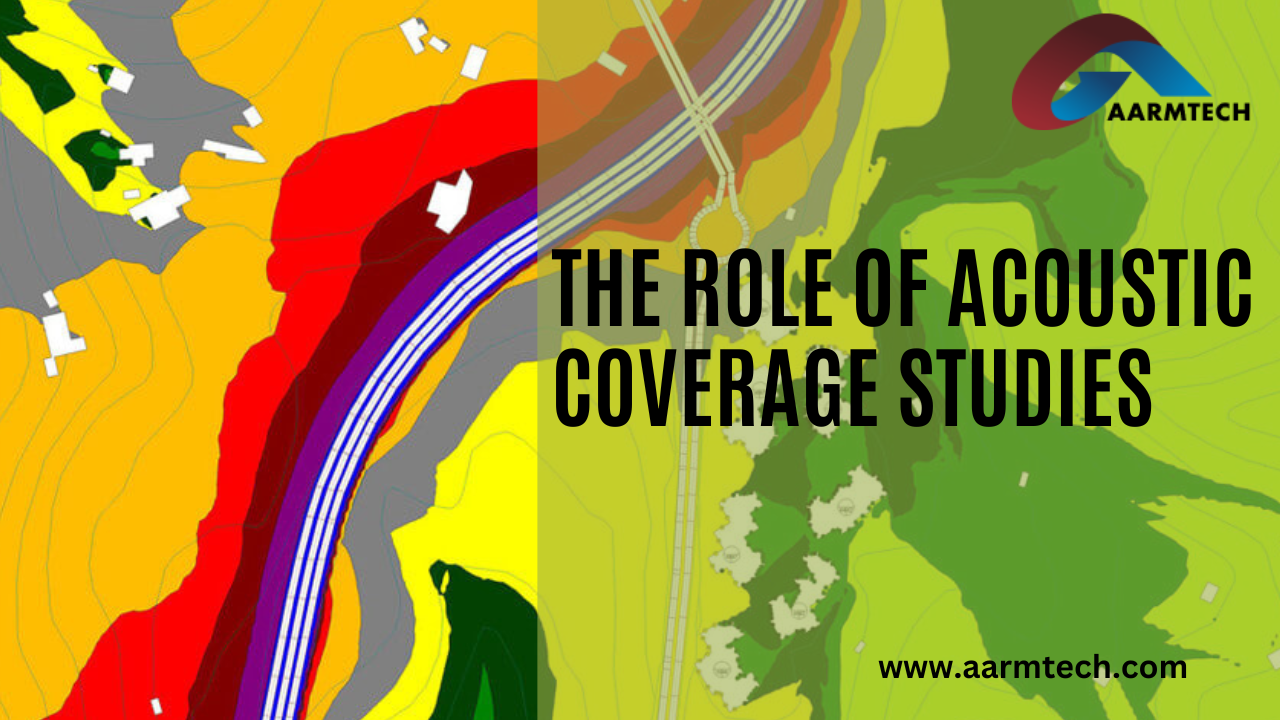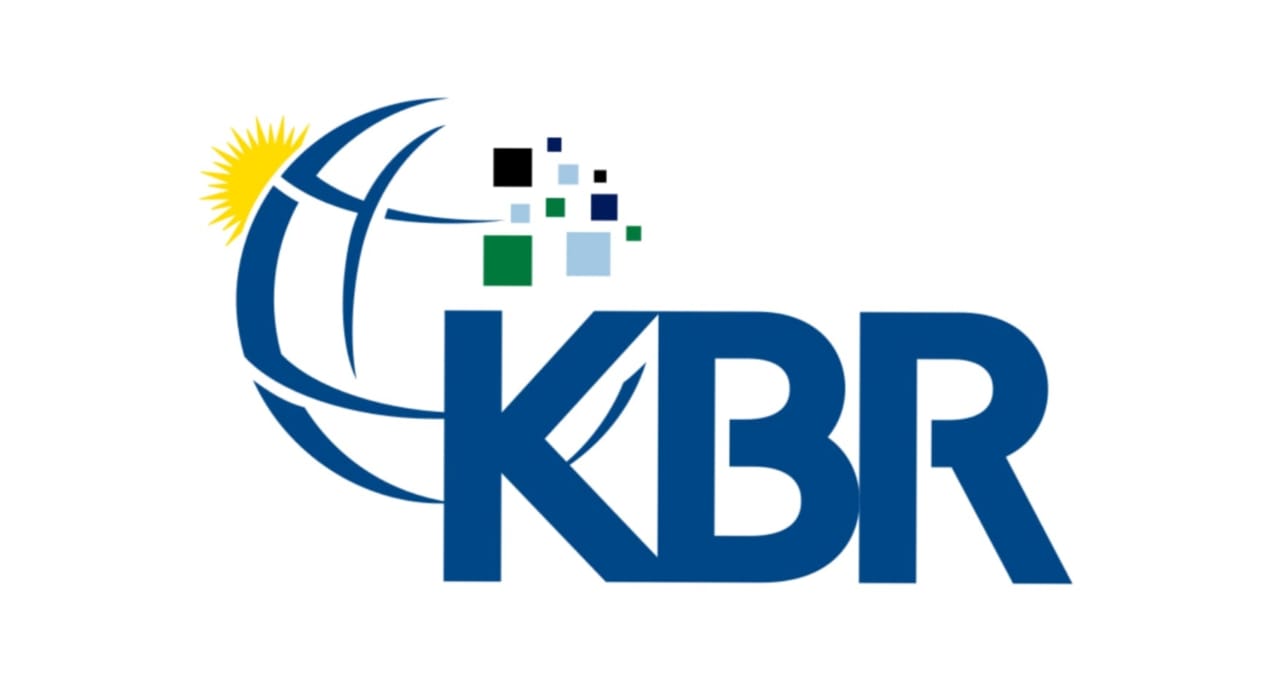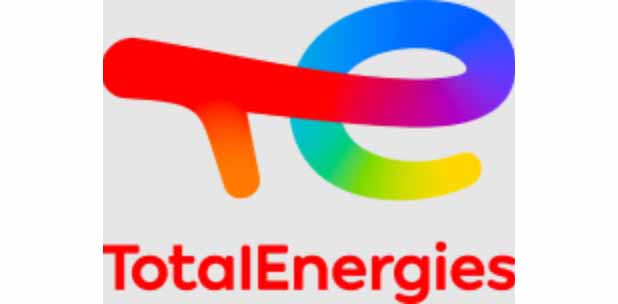Acoustic Coverage Studies
Optimizing Broadcast System Performance: The Role of Acoustic Coverage Studies

Acoustic Coverage Studies
In the dynamic world of broadcast systems, ensuring optimal performance is crucial for delivering high-quality audio experiences to the audience. One key aspect that plays a pivotal role in achieving this is the Acoustic Coverage Study. This method involves a comprehensive analysis of sound pressure levels, allowing broadcasters to predict and fine-tune their systems for optimal performance. In this blog, we delve into the significance of Acoustic Coverage Studies, how they are executed, and their role in specifying field equipment.
The Foundation: Site Survey and Data Collection
The Acoustic Coverage Study begins with a meticulous site survey, where actual broadcast sound pressure levels are measured and compared to ambient noise levels. These readings are crucial for understanding the existing acoustic environment and forming the basis for system optimization. For green field sites, where infrastructure is being developed from scratch, predictions derived from ambient noise data become the foundation of the study.
Mapping Sound: Transforming Data into Actionable Insights
Once the data is collected, it is then mapped onto area plot plans. This visual representation allows broadcasters to identify areas of potential concern or improvement. By overlaying actual broadcast sound levels with ambient noise, the study provides a clear picture of the acoustic landscape. This mapping process is essential for making informed decisions regarding the placement and configuration of broadcast equipment.
Predicting Performance: Ambient Noise Predictions for Green Field Sites
In scenarios where the broadcast infrastructure is yet to be established, Acoustic Coverage Studies rely on ambient noise predictions. These predictions are based on sophisticated modelling techniques that consider factors such as geographical features, building structures, and potential sources of interference. By leveraging these predictions, broadcasters can proactively design and implement systems that align with the anticipated acoustic conditions, ensuring optimal performance from the outset.
Specifying Field Equipment: The Art of Precision
Armed with the insights gained from the Acoustic Coverage Study, the next step is to specify the field equipment. This involves detailing the equipment's type, quantity, orientation, frequency response, and power output. Precision is key here – the specifications are tailored to the unique acoustic characteristics of the environment, ensuring that the broadcast system can deliver the desired audio quality across the entire coverage area.
Benefits of Acoustic Coverage Studies:
Optimized Performance: By aligning the broadcast system with the ambient acoustic conditions, broadcasters can achieve optimal performance and deliver high-quality audio experiences.
Minimized Interference: Understanding the existing acoustic landscape helps in identifying potential sources of interference, allowing broadcasters to mitigate issues before they impact system performance.
Cost-Efficiency: Specifying field equipment based on precise data minimizes the risk of over-provisioning, ensuring that resources are utilized efficiently.
Enhanced User Experience: A well-designed broadcast system, informed by an Acoustic Coverage Study, contributes to a superior user experience, whether it's a live event broadcast, radio transmission, or any other audio-related application.
In the ever-evolving world of broadcast systems, achieving optimal performance requires a strategic approach. Acoustic Coverage Studies serve as a crucial tool in this endeavor, offering broadcasters valuable insights into the acoustic environment and guiding the specification of field equipment. By leveraging the data obtained through these studies, broadcasters can ensure that their systems are not only technically advanced but also finely tuned to deliver exceptional audio quality in any setting.











